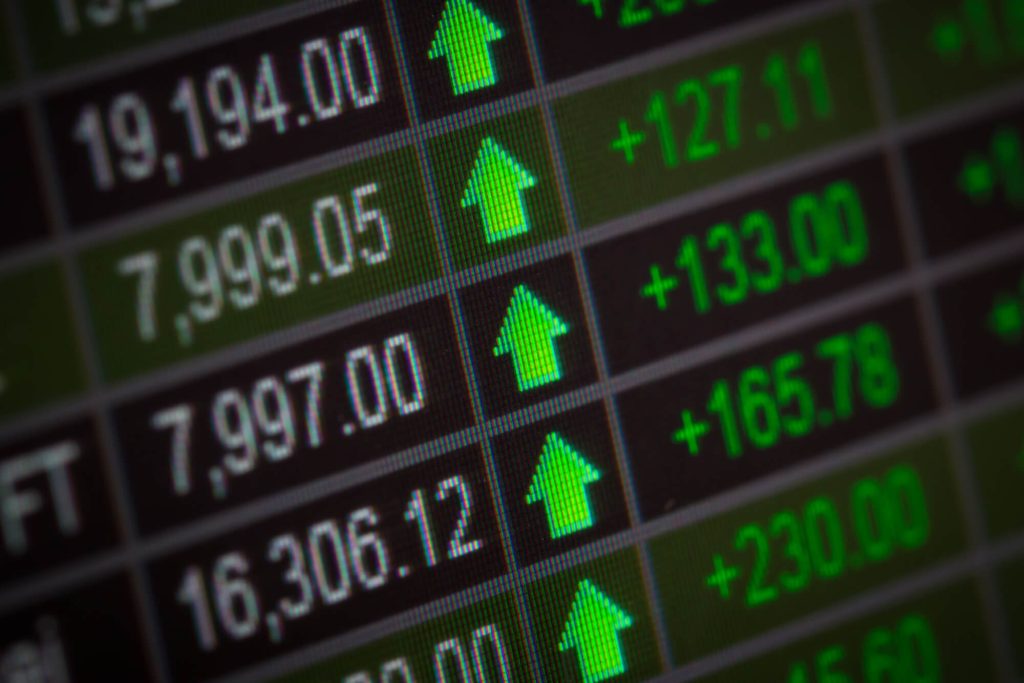The Rise of Bitcoin: A Look at Last Week’s Surge
Bitcoin, the world’s first and largest cryptocurrency, has been on a remarkable rally in the past week, reaching new all-time highs above $27,000 . The digital asset has gained more than 25% in value since March 13th, outperforming most of its peers and traditional assets. What are the factors behind this impressive surge and what does it mean for the future of Bitcoin?
The Perfect Use Case for Bitcoin
One of the main drivers of Bitcoin’s recent price increase is the growing demand for an alternative financial system that is decentralized, censorship-resistant and borderless. Bitcoin offers these features by using a peer-to-peer network of computers that validate transactions without intermediaries or authorities.
The need for such a system became more evident last week when Silicon Valley Bank (SVB), one of the largest banks in the US, failed due to liquidity issues. The bank’s collapse triggered a domino effect that affected other major financial institutions such as Wells Fargo, Bank of America and Citigroup. Millions of customers were unable to access their funds or make transactions for several days, causing widespread panic and frustration.
Bitcoin, on the other hand, continued to operate smoothly and securely throughout this crisis, demonstrating its resilience and reliability as a store of value and a medium of exchange. Many investors saw this as a perfect use case for Bitcoin and decided to buy more or switch from traditional assets to crypto.
The Growing Adoption by Institutions and Retail Investors
Another factor that contributed to Bitcoin’s price rise is the increasing adoption by both institutional and retail investors. More and more companies, hedge funds, asset managers and celebrities are recognizing the potential of Bitcoin as an alternative investment that can hedge against inflation, currency devaluation and geopolitical risks.
Some notable examples of institutional adoption include:
– Tesla, the electric car maker led by Elon Musk, announced that it had bought $1.5 billion worth of Bitcoin in February 2023 as part of its treasury management strategy.
– MicroStrategy, a business intelligence firm led by Michael Saylor, increased its Bitcoin holdings to over 90,000 coins worth over $2 billion at current prices.
– Square, a payment company led by Jack Dorsey, bought $170 million worth of Bitcoin in February 2023 as part of its corporate strategy.
– Grayscale Investments, a digital asset manager led by Barry Silbert, added over 10,000 Bitcoins to its trust fund in March 2023 alone.
These institutional investors are not only buying Bitcoin for themselves but also creating more demand for other investors who want to follow their lead or gain exposure to crypto through their products or services.
On the retail side, more people are also getting interested in Bitcoin as they see its price rise and hear about its benefits from friends or media. According to Google Trends data, searches for “Bitcoin” have reached their highest level since December 2017 when Bitcoin reached its previous peak near $20k.
– According to CoinMarketCap data, there are now over 100 million unique addresses holding some amount of Bitcoin on the blockchain network.
– According to Coinbase data, there are now over 50 million verified users on its platform who can buy or sell Bitcoin with ease.
– According to Glassnode data, there are now over 20 million active users on the Lightning Network who can make fast and cheap transactions with Bitcoin.
The Positive Feedback Loop
A third factor that boosted Bitcoin’s price is the positive feedback loop that occurs when higher prices attract more buyers who push prices even higher. This creates a virtuous cycle that reinforces itself until some external event breaks it.




